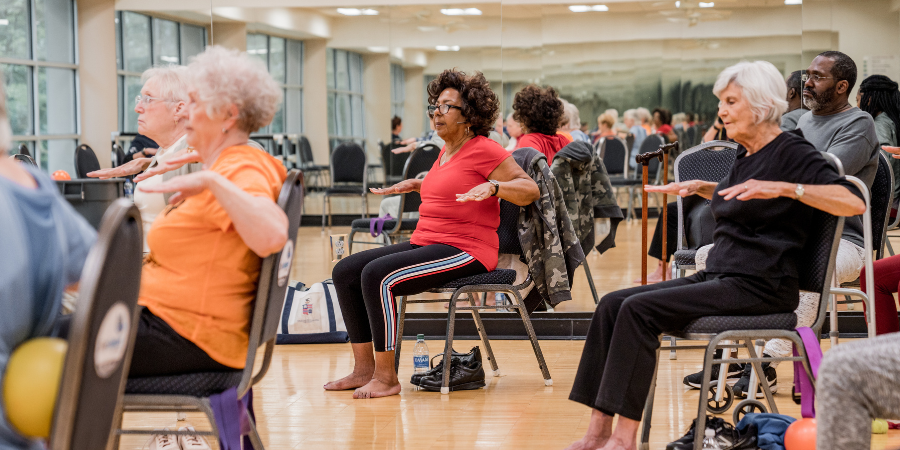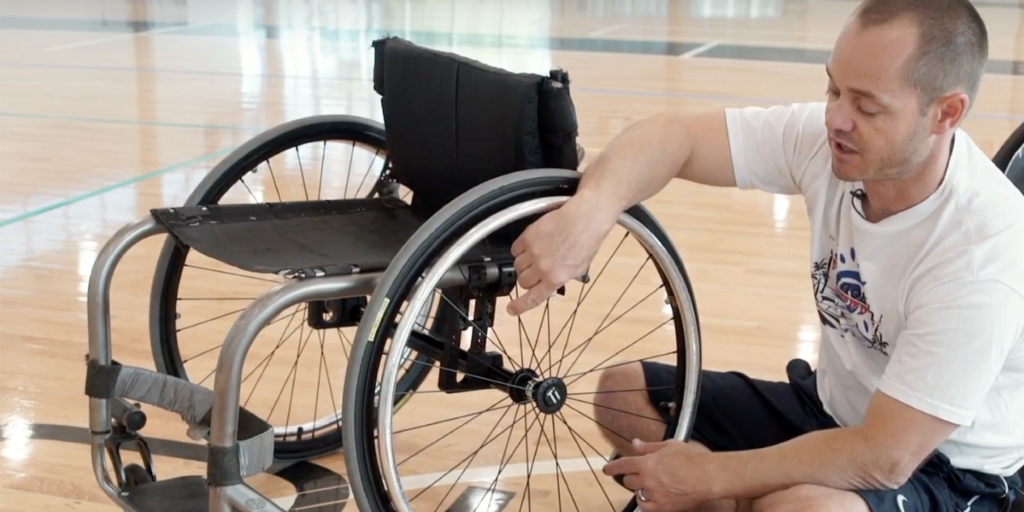This is the first blog in a three-part series on exercise and balance, presented with our friends at Allard USA. Please note that if you have severe balance problems or have been losing your balance more often recently, see a healthcare provider before you get started with these exercises.
Balance exercises can not only help you improve your balance but also increase your confidence in exercising and activities of daily living. Including some balance training with your other daily or weekly exercises is also a great way to prevent injury and maintain independence.
What we call our sense of balance is actually a complex combination of multiple body systems working together. Balance is our ability to move and stabilize our center of mass (head to hips) on top of our base of support (hips to feet).
Loss of balance happens when one of those is displaced in relation to the other. When we lose our balance, our visual (gaze stability), vestibular (inner ear fluid) and somatosensory (spatial relationships) systems become flooded with information. In short, you might fall. But you can improve your balance with practice.
“To optimize our ability to improve balance, we must be consistent and deliberate in our practice of balance,” says John Reams, NCHPAD Exercise Physiologist. “Consistency and repetition will improve our ability to stabilize our body position in those moments when we feel out of balance. This is what some people call muscle memory, but it’s really just consistency and repetition.”
A good way to start testing and improving your balance is something called “faces of the clock” weight shifting.
Here’s how it works:
- Start from a stable position where you can stay focused and “in the moment.” This can be seated or standing.
- Imagine your body is positioned at the center of a clock.
- Start by moving your torso and hips toward and away from each number on the clock, then include each of your limbs independently. The goal here is to challenge the distance over which you can shift your weight without losing control.
- Try this 10 minutes a day up to 6 days a week.





